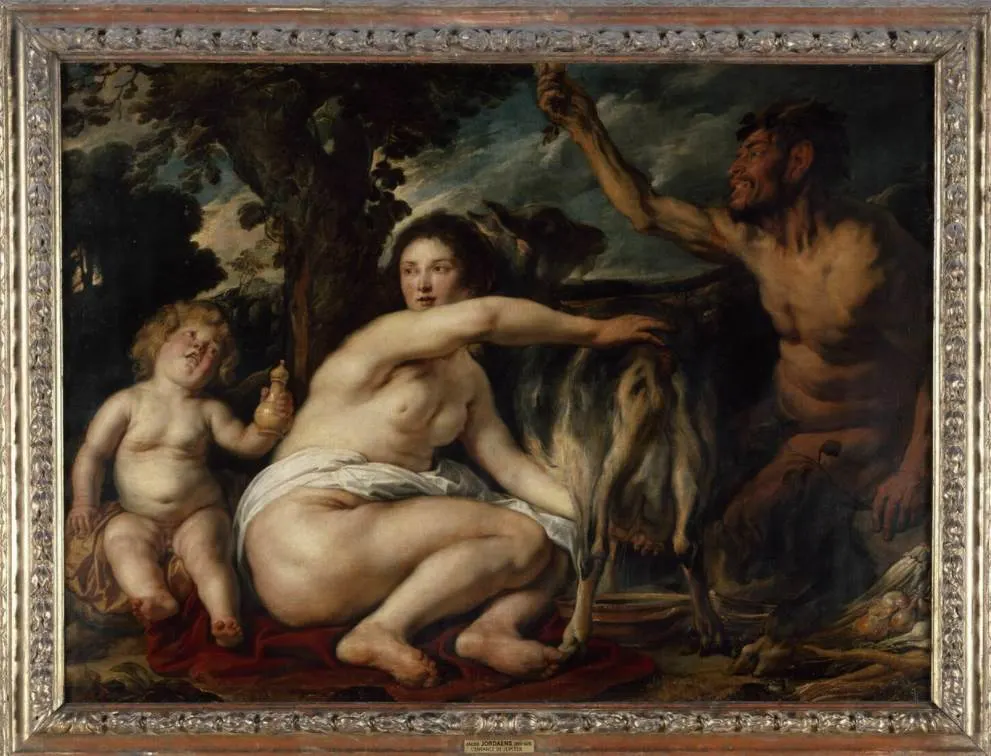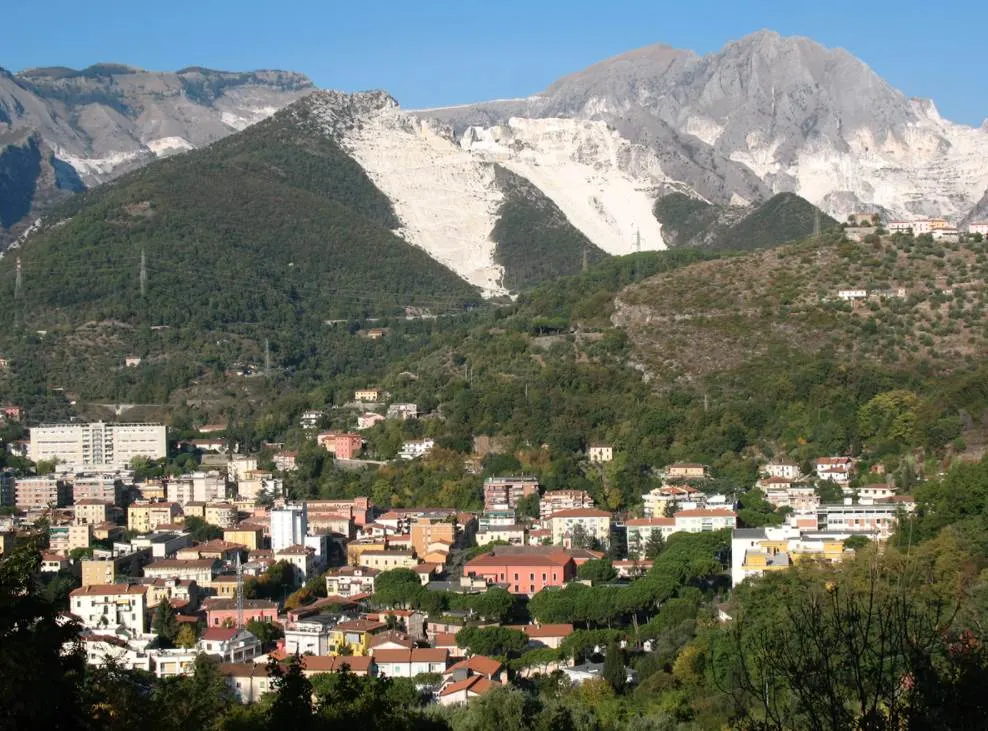Some artists become masters while they are in their teenage years or even early twenties, some are simply born with the amazing gift of being able to create wonderful works of art.
Gian Lorenzo Bernini (1598-1680), the leading Baroque artist of the 17th century, definitely falls into the latter category. He left his permanent mark on the city of Rome with numerous amazing sculptures, fountains, and buildings.
Every artist has to start somewhere, so let’s look at some of the most interesting facts about The Goat Amalthea with the Infant Jupiter and a Faun by Bernini, a remarkable work of art by the incredibly talented Italian artist.
1. It was sculpted when the young artist was still a teenager
Gian Lorenzo Bernini was born in Naples on December 7, 1598. He was the son of Pietro Bernini, a Mannerist artist, and sculptor, who was the first to recognize the talent of his son, the 6th of 13 children in the family.
It’s unknown when exactly he produced The Goat Amalthea with the Infant Jupiter and a Faun, but it’s generally agreed that it was completed somewhere before 1615.
This means that he was not yet 17 years old when this remarkable work of art was sculpted. The family already moved to Rome in 1606 so it was certainly created in the city he would hardly leave during his adult years.

2. Was it the first sculpture created by Bernini?
We know that Gian Lorenzo Bernini created several sculptures of putti during his teenage years of which 3 survive today. These are young, often chubby and naked, children who represent angels. They are therefore winged sometimes as well.
When the young artist was just 8 years old, probably around the time that the family departed for Rome, he already created a little sculpture that amazed everyone who saw it. Contemporary art historian Filippo Baldinucci (1625-1696) wrote the following about it:
When he was 8 years old, he created small marble head of a child that was the marvel of everyone.

This was the first sculpture created by Bernini, and because the other putti he produced during his teenage can’t be dated, it’s often assumed that the work depicting the Goat Amalthea was the first work he completed himself.

3. It depicts the infant Jupiter with the goat who saved Zeus’ life
This delicate little work of art depicts the Roman god Jupiter, the god of thunder and sky and the king of all gods in Roman mythology. The infant god is adjoined by an infant faun, a half-human, and a half-goat figure.
Both infants are hanging out with a goat named Amalthea. According to the legend, this goat fed milk to Zeus in a cave where he was hiding from his father Kronos. Afraid of losing his power, Kronos swallowed all newborn babies.
When Zeus was born, his wife Rhea tricked him by feeding him a stone wrapped in a diaper. Unaware of his deception, he believed he swallowed the baby as well and she was able to hide him inside the cave of Mount Ida on the Greek island of Crete.
Zeus repaid his savior by giving Amathea a golden dog who protected her until she died, how lovely.

4. It’s possible it dates back to 1609 for a specific reason
So how can we know that Bernini sculpted The Goat Amalthea with the Infant Jupiter and a Faun before 1615?
None of the other putti he sculpted can be positively dated, except for this one. That’s because a carpenter received an order to create a wooden pedestal for this sculpture by the young artist.
Some art historians also believe it was created much earlier because the invoice mentioned that the new pedestal was to serve as a replacement for an existing one. This in combination with stylistic elements makes some art historians believe it was sculpted as early as 1609.
5. He got his first major commissions from a wealthy Cardinal in 1619
Regardless of the date that he produced the Goat Amalthea, the career of Gian Lorenzo Bernini skyrocketed when his talent came to the ears of a rich cardinal named Scipione Borghese (1577-1633).
He was the nephew of Pope Paul V and was able to amass a lot of wealth as his secretary. He used this wealth to build the Villa Borghese and decorate it with fine art that he either bought (or seized in some cases) and commissioned from contemporary talents such as Bernini.
Some of the sculptures commissioned by the wealthy cardinal became some of the most famous works in his oeuvre, including:
- Aeneas, Anchises, and Ascanius (1619)
- The Rape of Proserpina (1621–22)
- Apollo and Daphne (1622–1625)
- Bernini’s David (1623–24)

6. It was sculpted with white marble quarried in northern Tuscany
The sculpture was produced with Carrara marble, a type of marble that has been quarried in the mountains near the city of Carrara in the utmost northern tip of the Tuscany region.
This type of white or blue-grey marble was referred to as “Luna Marble” in Roman times and is often used for sculpture and architectural decorations. That’s mainly because it can be perfectly polished which makes it suited for highlighting details.

7. How big is The Goat Amalthea with the Infant Jupiter and a Faun by Bernini?
Compared to the commissions he completed for Cardinal Scipione several years later, this is a much smaller work of art. It’s also a bit more rough compared to the extremely polished works such as the Rape of Proserpina and Apollo and Daphne, to name just a few.
This sculpture stands just 45 centimeters (17 inches) tall.
8. Where is the sculpture located today?
The Goat Amalthea with the Infant Jupiter and a Faun was one of the many sculptures that were acquired by Cardinal Scipione Borghese to decorate his opulent villa and gardens in the northeastern part of Rome.
The sculpture never left the collection after the villa was transformed into the Galleria Borghese in 1903. This means that it’s still part of the Borghese collection in this popular art museum in Rome.

